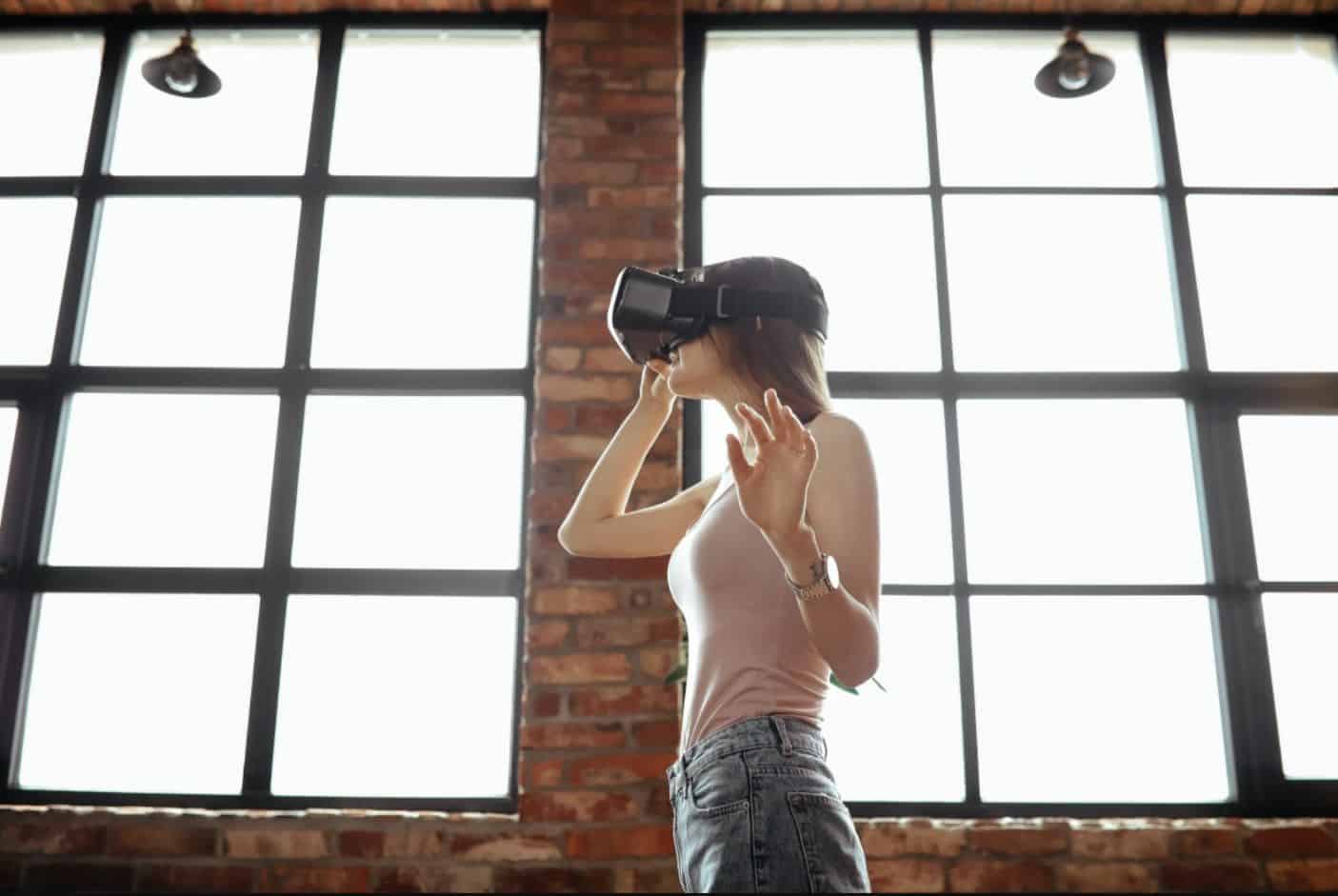Virtual Reality or VR is not an entertaining device only. Although its original intention of the VR was to elevate the gaming experience, it turns out VR can be useful for many other areas.
Thanks to the sophistication of the device, the super realistic sounds, correct lighting, and so on, VR plays a viable role in medicine, real estate, and architecture. However, VR takes its 5 minutes in architecture, and chances are high for VR to replace all cardboard models or 2D blueprints.
Below we go through the details of how VR helps architects and the main points of what makes it the best model alternative.
VR Gives Better Approach to Projects
Virtual reality is a cutting-edge technology transforming the ways of work communication within architectural and construction industries.
Previously, expensive software and design equipment posed a great challenge for clients and small construction businesses. Currently, having the equipment is not considered a necessity, but a luxury.
VR replaces all software and equipment. It gives a more realistic visual experience of a design while also overcoming the scale and perspective restrictions of a flat 2D blueprint. VR is much more practical to use, and its quality of visualizing and designing the projects exceeds the cost.
Once clients, architects, and the design team picture the project in 3D, they can have a more constructive debate and comprehend individual aspects and design ideas.
So, they will be able to detect any type of problem they didn’t see coming, and instantly fix it before sending the project to production. That results in a far better building phase.
In this sense, VR can be a better cardboard model alternative. It conveys the project upfront and architects can significantly decrease the number of errors.
VR: The Architect’s SOS Device
Architects can use VR for creating space besides visualizing one. 2D projections slowly transition towards obsolete methods as technology offers compatible solutions for both clients and architects.
Often, when the walls are up and clients want to change something, the change comes at a cost. Thus, with this immersive VR technology, such problems will become history. Creators can now correct and modify anything before they send the project to production.
With VR, both architects and clients are at a benefit as VR simplifies the design process by skipping rounds of revisions, and allows for real-time modifications during meetings.
Another way VR helps in architecture is, it enables users to visualize the project based on location. If the project is, say, taking place at a beach, the architects can go to the same beach, and see the land specifications “in person”. Although they believe they have seen the projects, many “to-dos” come up after they visit the location in person during the time they prepare the project.
How VR Betters the Architecture?
For one, VR betters the communication between clients and architects. Often clients find it difficult to realize the difference of an object in 2D, and architects spend the time they don’t have on explaining the blueprints. And, no one can judge clients since they’re not obliged to know the blueprints.
Previously, to help them visualize the projects, architects made cardboard models of all buildings. However, it was a solution for a while, but clients still questioned the space, floors, and other petty, yet big mishaps that small models cannot entirely capture.
Thus, VR dodges such problems because it can show architects can present the entire project in 3D to their clients. Nowadays, architects can walk their clients through the entire building and explain their plan better – and before the workers start building it. On the other hand, they will spend more time resting and focusing more on the project.
As for the clients, they walk through the imagined project and suggest changes before the entire production starts.
VR Revamps Collaboration
Designers, creators, and engineers are just important people as architects. However, all of them have different ideas regarding construction, which often creates mistakes and brings misunderstandings.
With VR into the design process, every team can get into the process and create more efficient projections. Why? Simple, because they can now grasp the project better.
Previously, before they filed the project, architects used 3D renderings to show to their customers. After they would see it, the architects would file the project. Hardly any other constructive team member would see the 3D rendering. But, with VR, the whole crew, and the staff can go through the project and comment on the spot.
The Best Is Yet to Come
With such compact solutions offered in the construction and architecture industries, virtual reality has a promising future as VR adoption and interest grow day by day.
Although the world it’s still in the meet-and-greet process with VR, it doesn’t take away the potential of a happy ending. VR won’t be just a visual aid tool, but part of the design project entirely. Aside from design, this technology will improve constructability, cooperation, quality control criteria, and the entire client experience.
Looking at the future, one thing’s for sure.
The day VR breaks the surface – the world will gasp impressed!
- Gemini vs. GPT4 – Which One to Use? - December 17, 2023
- Can You Play Oculus Quest 2 Offline Without Wifi - November 10, 2023
- VR Sickness – What You Need to Know - September 17, 2023















